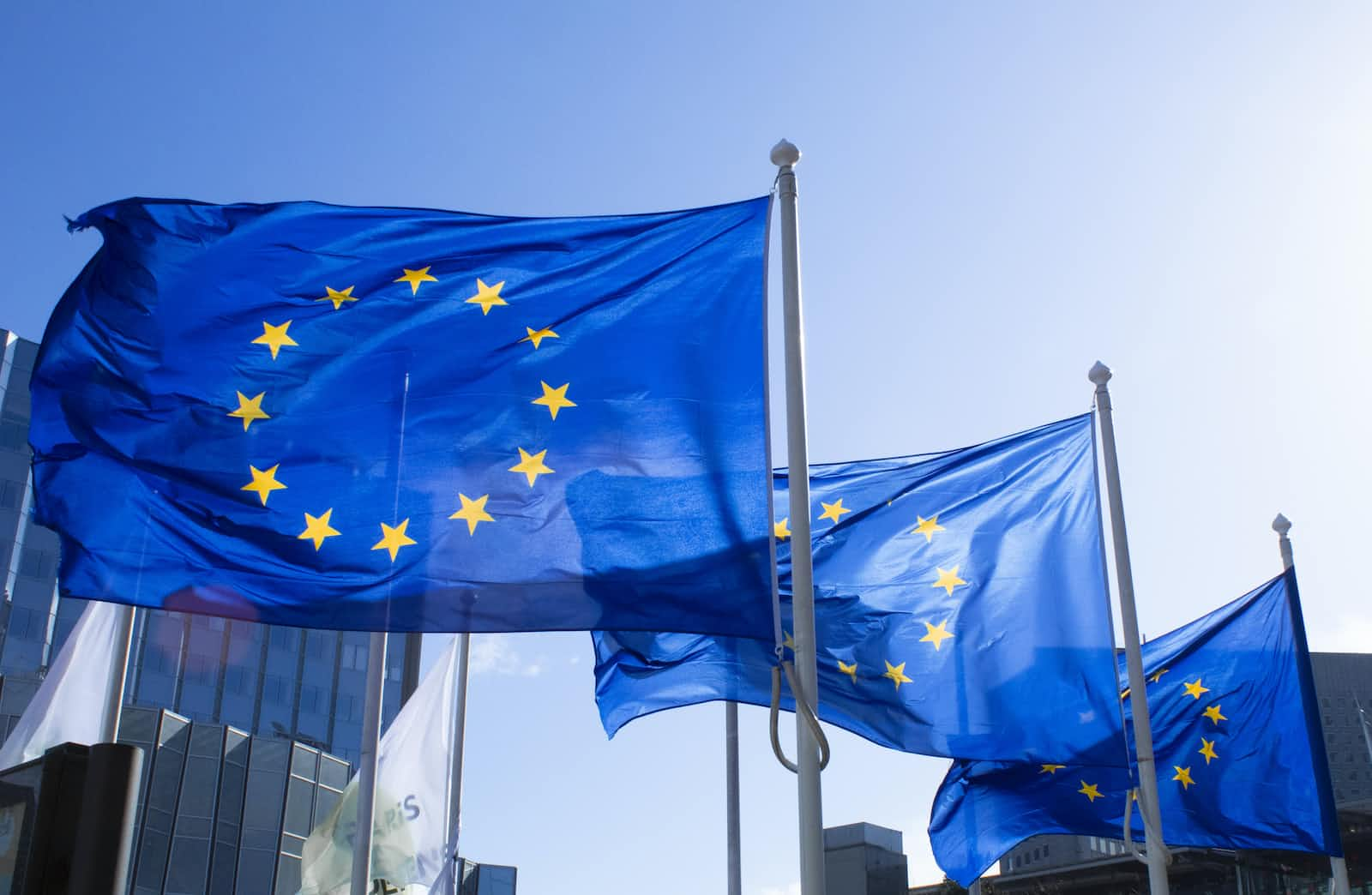
European trademark law update trademarks in artistic works
What you need to know (in a nutshell)
- An artist may incorporate another person’s registered trademark in a work of art, provided that the work of art is the original result of a creative design process that is not aimed at damaging the trademark or the trademark owner.
- The Benelux Court of Justice decided that artistic freedom may constitute ‘due cause’ for the use of the trademark.
- The AG found that the use of a trademark in a work of art constitutes a due cause within the meaning of Article 2.20 (2)(d), as long as the artistic expression is the result of a creative process that transforms reality by adding the personal touch of the artist.
Full Article
On 14 October 2019, the Benelux Court of Justice ruled that an artist may incorporate a registered trademark in their work without damaging the trademark or infringing upon its owner’s rights. This decision was made following Moet Hennesy’s objection to Belgian artist Cedric Peers’ use of Dom Perignon’s trademarks within his artwork series. Some pieces featured women dressed scantily and were described by the judge as having ‘an ironic and sometimes erotic touch’ – displaying Mr. Peer’s style which he describes as being “contemporary, playing with pointillism and pop-art”.
The Court believed artistic freedom should be respected under Article 2.20 (2)(d) Benelux Convention on Intellectual Property (‘BCIP’), thereby allowing for due cause when utilising another person’s intellectual property in creative endeavours such as artworks; providing it does not harm nor damage said properties reputation amongst consumers or otherwise impede fair trade practices.
The Advocate General (AG) recently noted that when interpreting the concept of ‘due cause’ as stated in Article 2.20(2)(c) and (d) of The Basic Community Intellectual Property Regulation, It’s logical to use a similar interpretation since both clauses seek to strike a balance between conflicting interests - namely those belonging to an owner with registered trademark rights and third parties using said sign. This provision forms part of Article 1 Protocol which guarantees natural or legal persons the right ‘to peaceful enjoyment’ while protecting their intellectual property. On the other hand, artistic freedom serves as an aspect underlined by freedom of expression protected by Article 10 European Convention on Human Rights (ECHR). Even though such fundamental rights are not absolute – meaning they must be weighed against concrete circumstances – case law from ECtHR has placed a high value on this particular form of creativity essential for social dialogue within democratic societies; so much so that any restriction can only happen if there exists a pressing need arising from these specific context-based conditions — hence making it difficult for most cases involving artistry protection arguments relating due cause provisions defined in BCIP legislation framework.
The Advocate General (AG) of the European Court of Justice concluded that when a trademark is used in an artistic work, it would constitute ‘due cause’ under Article 2.20(2)(d) BCIP as long as it has been created through a creative process and includes personal touches unique to the artist’s expression. This requirement for an original creative product should not be too difficult to meet.
In addition, three grounds can qualify as trademark infringement according to this article: firstly, unjustified ‘free-riding’ - meaning taking advantage of another mark with a reputation without due justification; secondly if its use does not indicate any merit or origin but still damages trademarks distinctive character by reducing its capability in distinguishing goods from others; thirdly lack of sufficient proof demonstrating how such usage complies with legal requirements. In respect thereto AG determined that using signs within an art context serves other purposes than merely indicating origin – contributing to social dialogue and therefore implying reasonable causes behind this action thus making the benefit justified accordingly so far specific criteria have been met adequately.
The Advocate General (AG) of the EU Court determined that Mr. Peers’ art would not weaken Dom Perignon’s trademark, as it will still evoke a direct association with champagne among consumers without any loss of distinctiveness. Whilst an artwork may insult or shock its audience, there must be sufficient distance between the expression and the brand itself for infringement to occur - which was deemed present in this case due to the artist’s creative process and ambiguous connotation of their work. Additionally, trademarks known by wider audiences tend to have greater tolerance when faced with criticism than lesser-known marks do; after all, they are those who actively seek out such attention from society through marketing campaigns etc., Consequently AG commented on how ‘The Damn Perignon Collection’ phrase used by the artist did not impact customers desire nor affect appeal towards purchasing said product because he didn’t question quality directly either
The Benelux Court of Justice recently made a significant ruling which confirms that artistic expression is generally favoured over trademark law, as evidenced by their decision on 14 October 2019 in case A 18/1 between Moet Hennessy Champagne Service and Cedric Art. This was a significant judgment from the court with far-reaching implications for protecting the freedom of artistry while acknowledging legal protection granted through trademark laws to businesses and other organisations.